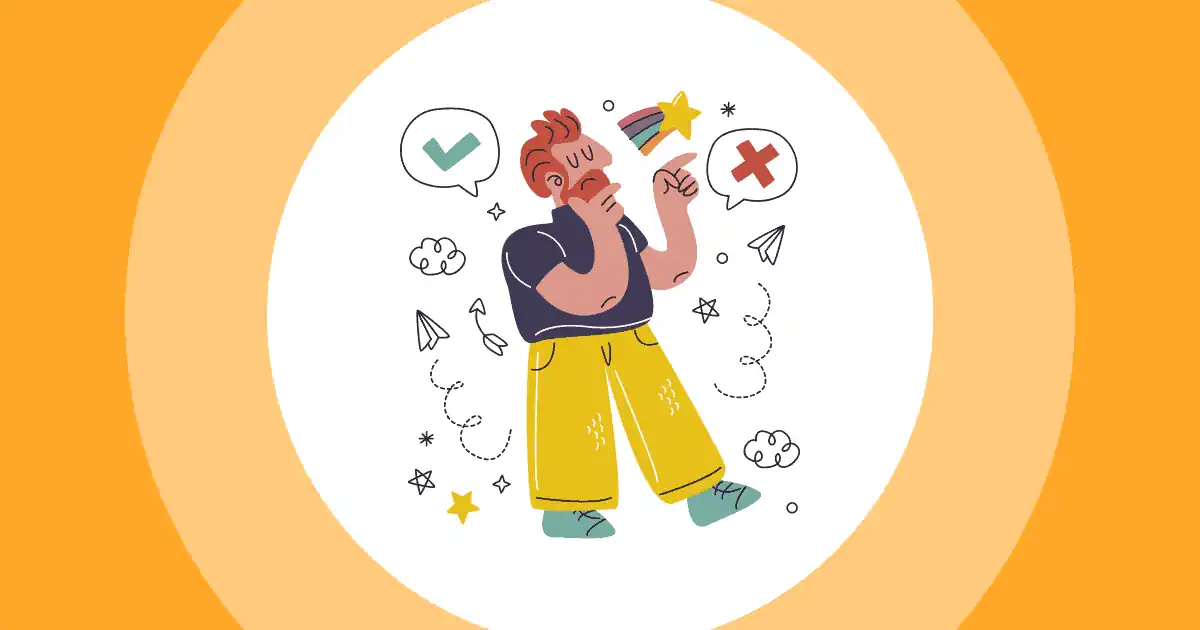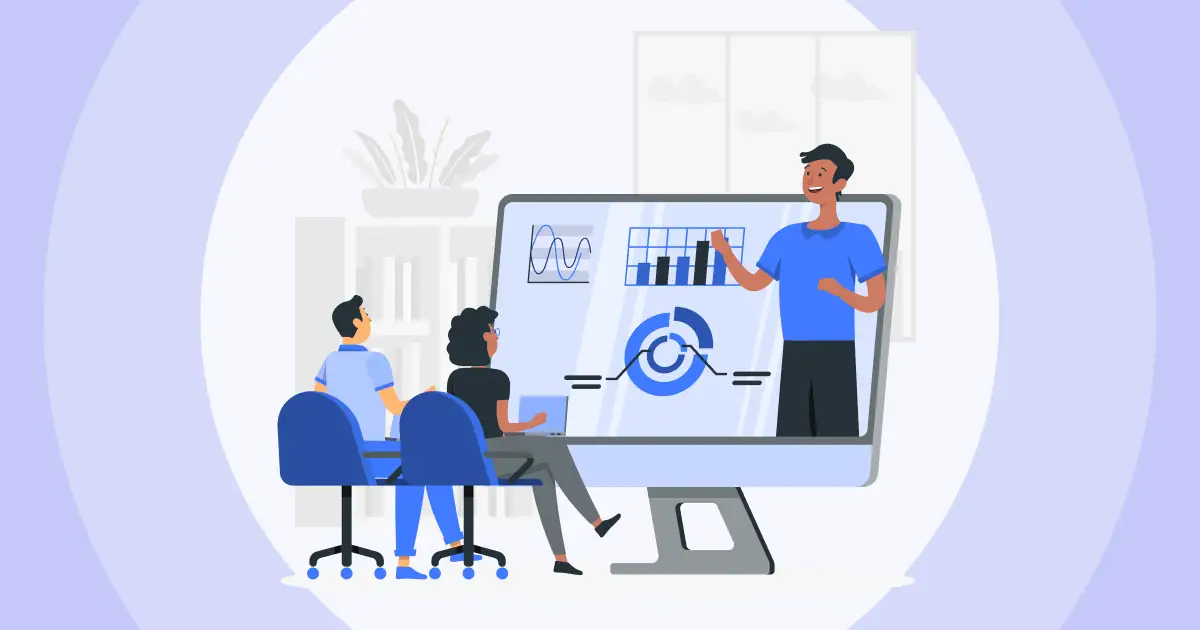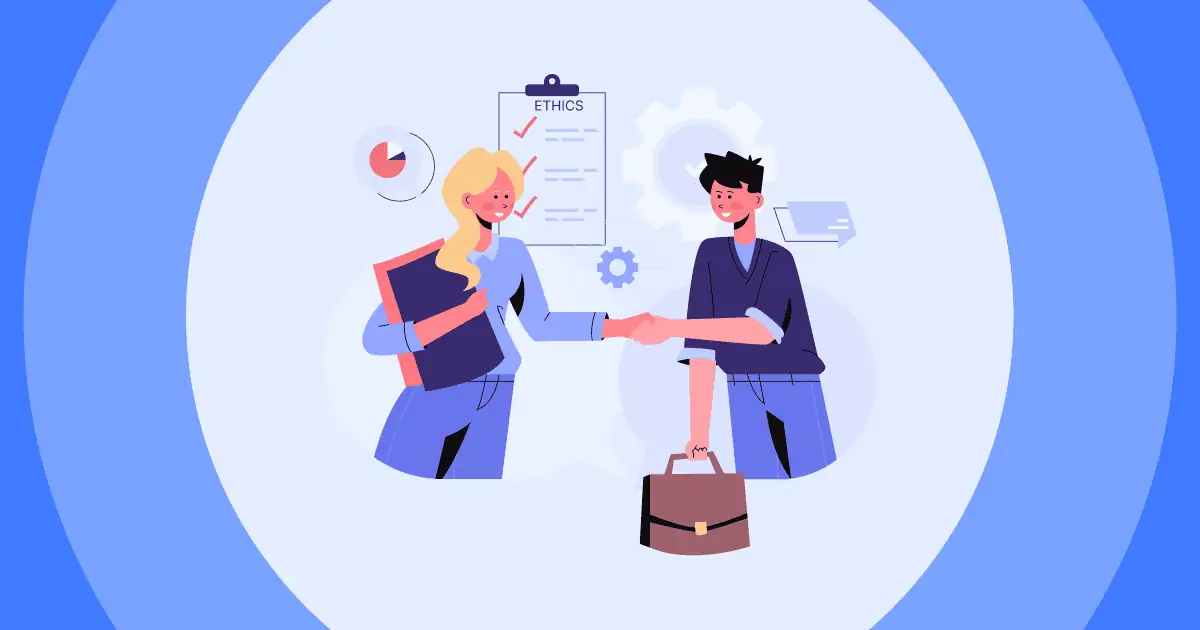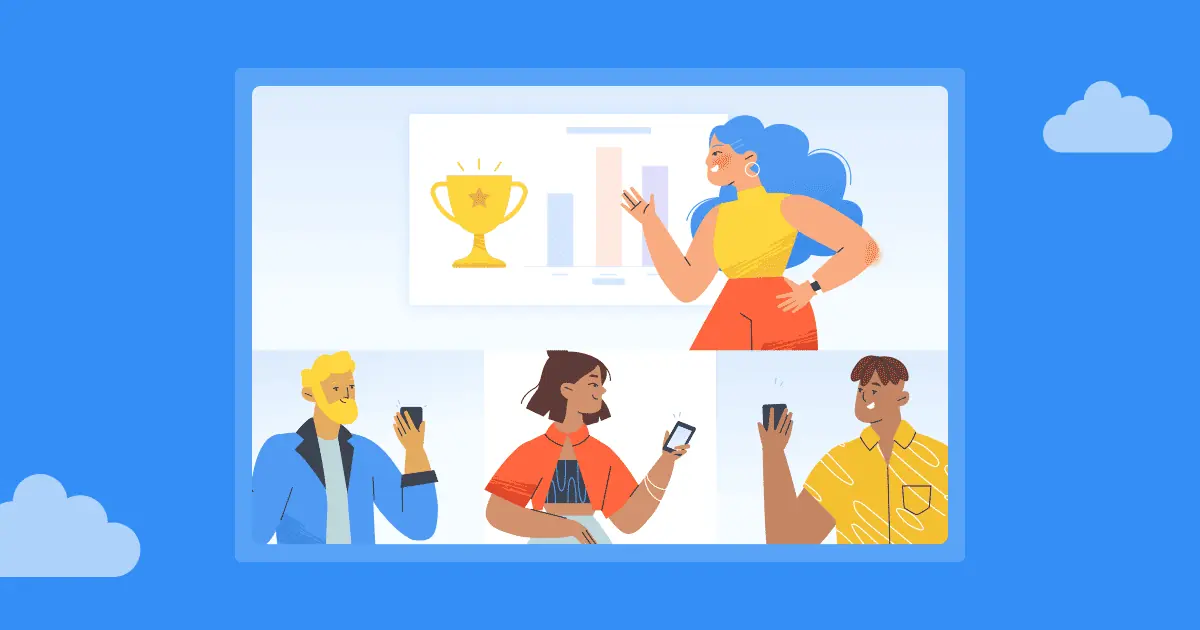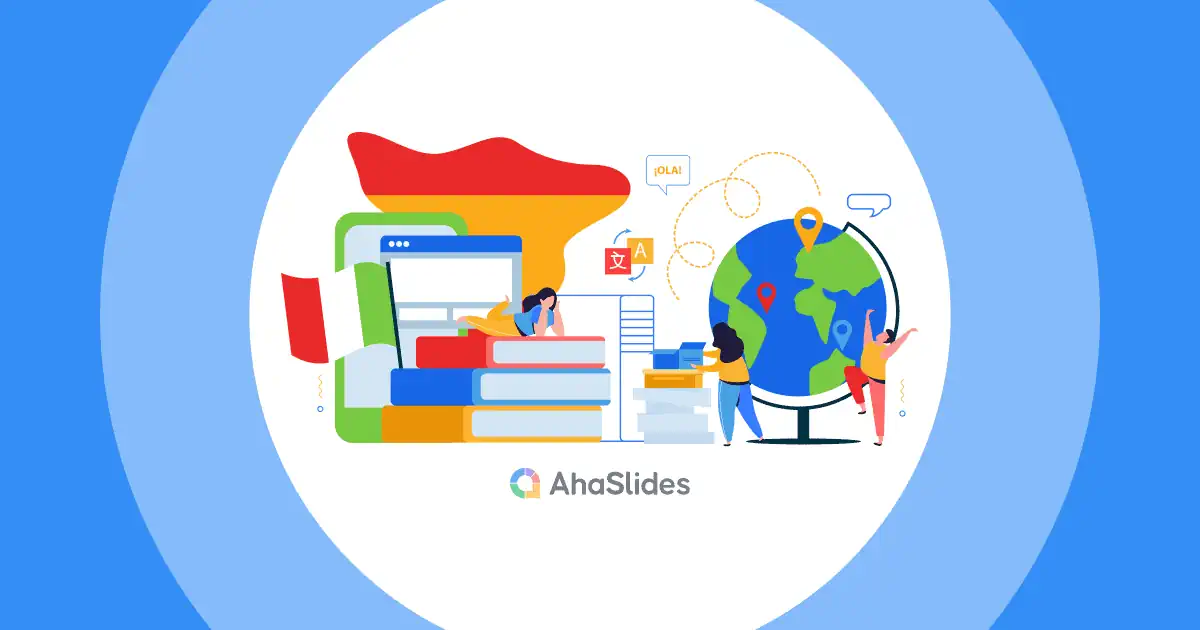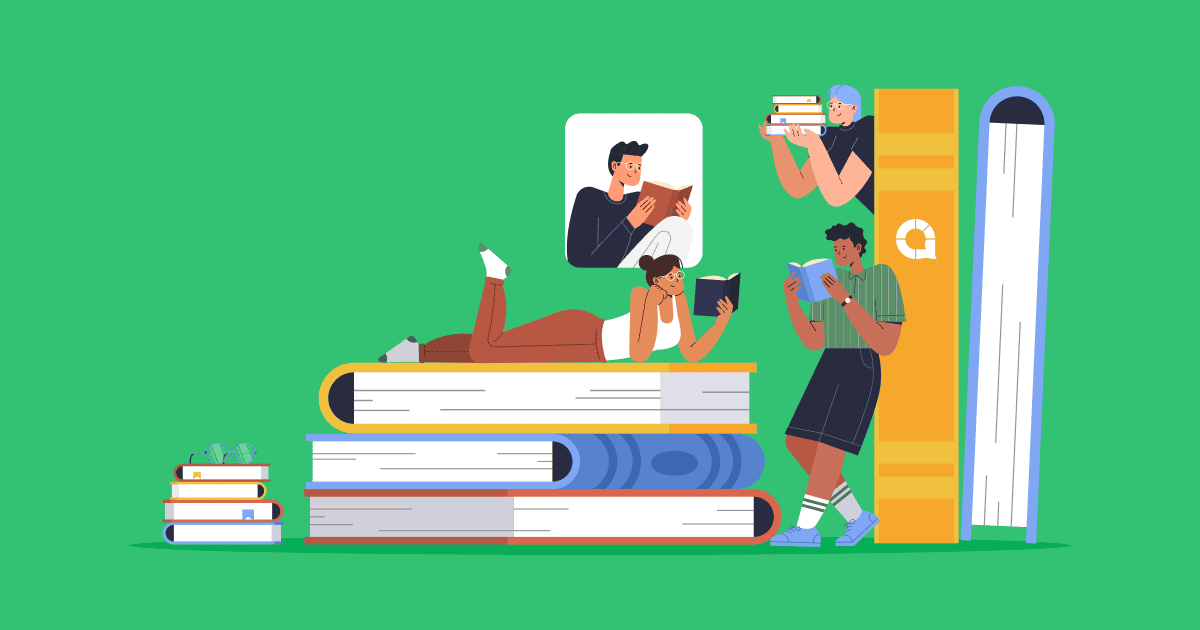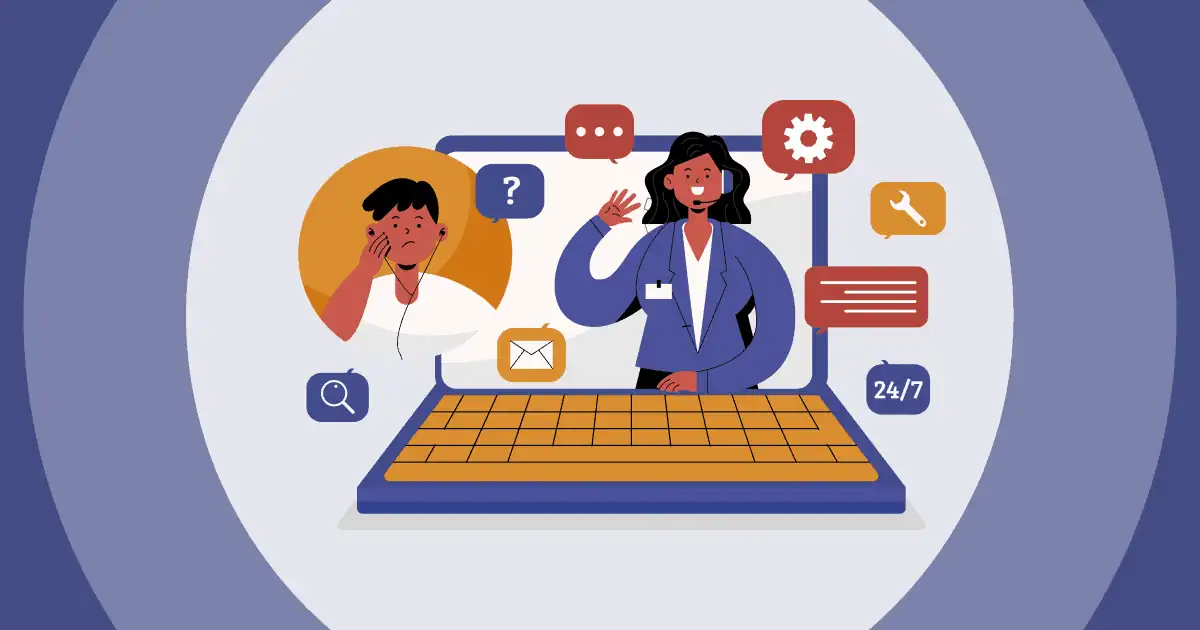Ever feel like traditional education is a one-size-fits-all shoe that just doesn't quite match your stride? What if you could tailor your learning experience to your unique pace, interests, and goals? Welcome to the world of self-directed learning, where the journey is yours, and the possibilities are as limitless as your curiosity.
In this blog post, we’ll explore the definition of self-directed learning, help you determine its suitability for your needs, explore when it's best utilized, differentiate it from self-paced learning, and guide you on designing a personalized self-directed learning plan.
Table Of Contents
- What is Self-Directed Learning?
- Why Self-Directed Learning Matters?
- When to Opt for Self-Directed Learning?
- Difference between Self-Directed Learning and Self-Paced Learningpe
- Examples of Self-Directed Learning
- How to Design a Self-Directed Learning Plan
- Final Thoughts
- FAQs
Elevate Your Personal Growth
What is Self-Directed Learning?
Self-directed learning is a powerful educational approach where individuals take control of their learning process, determining what, how, when, and where they acquire knowledge and skills. In self-directed learning, learners are responsible and flexible for:
- Defining their learning goals
- Choosing their learning materials
- Selecting their learning methods
- Assessing their progress
- Pacing their own learning - Go as fast or slow as you need to understand the material.
Key characteristics of self-directed learning include autonomy, initiative, and proactive engagement with the learning materials.
Self-directed learning can occur in various settings, including formal education, workplace training, or personal development. In addition, digital technologies also provide self-directed learners with abundant resources, from online courses and tutorials to interactive platforms and virtual communities, further supporting independent learning.

Why Self-Directed Learning Matters?
Self-directed learning is critical for a multitude of reasons, underscored by insightful research findings:
According to Beardsley et al. (2020), a notable portion of students in a university course lacked the motivation to learn how to learn. This highlights the need to help students not only acquire effective learning skills but also understand what they want to learn. In addition, the significance of students taking ownership of their learning journey extends beyond their university careers, influencing their success throughout their lives. Therefore, incorporating self-directed learning into their educational experiences is essential. (Conley and French, 2014; Case, 2020).
Key Reasons Self-Directed Learning Matters:
Personalized Learning Experience:
Self-directed learning allows individuals to tailor their educational journey to align with their unique needs, interests, and learning styles. This personalized approach fosters a more engaging and effective learning experience.
Encourages Lifelong Learning:
By promoting autonomy and initiative, self-directed learning instills a lifelong learning mindset. Individuals equipped with the skills to direct their learning are better prepared to adapt to the continuous changes and advancements in various fields.
Intrinsic Motivation and Ownership:
In self-directed learning, the motivation to learn comes from within. Learners take ownership of their educational path, leading to a deeper sense of responsibility and commitment to their own growth.
Builds Confidence and Responsibility:
Taking charge of one's learning journey builds self-confidence and a sense of responsibility. Learners become accountable for their progress and achievements, fostering a positive and proactive mindset.
Encourages Exploration and Creativity:
The exploration of diverse resources and methods in self-directed learning fosters creativity. Learners can make unique connections between concepts, encouraging innovative thinking.
Adaptable to Various Learning Environments:
Whether in formal education, workplace training, or personal development, self-directed learning is adaptable to different environments. This versatility makes it a valuable skill applicable throughout various life stages.

When to Opt for Self-Directed Learning?
Deciding whether self-directed learning is the right approach for you depends on several factors and can vary depending on the specific learning goal or context. Here are some situations when self-directed learning can be particularly beneficial:
- Interest and Passion: Are you captivated by a subject or topic that extends beyond conventional educational offerings?
- Time Flexibility: Does your schedule allow for flexibility, enabling you to engage with educational materials at times that suit you best?
- Skill Enhancement Needs: Are there immediate skills you need to acquire or refine for personal or professional growth?
- Curiosity and Intrinsic Motivation: Does a genuine curiosity drive you to explore subjects beyond standard learning materials?
- Certification or Exam Preparation: Are you gearing up for certifications, exams, or professional development that necessitates focused study?
- Preferred Learning Pace: Do you thrive when learning at a pace distinct from traditional classrooms or training programs?
- Abundant Learning Resources: Are there ample online courses and resources available for your chosen subject or skill?
- Desire for Autonomy: Do you excel in independent learning environments, where you can take charge of your educational journey?
- Continuous Professional Development: Is continuous learning imperative for career advancement in your field?
Difference between Self-Directed Learning and Self-Paced Learning
While both self-directed learning and self-paced learning offer flexible and personalized learning experiences, they have distinct differences:
In Education:
| Feature | Self-Directed Learning | Self-Paced Learning |
| Learner autonomy | High - Learner chooses learning goals, materials, and methods. | Moderate - Learner chooses pace within pre-defined curriculum and materials. |
| Curriculum control | Learner-driven - Can deviate from the established curriculum. | Instructor-driven - Follows a pre-defined curriculum. |
| Resource selection | Independent - Chooses from diverse resources beyond prescribed materials. | Limited - Restricted to provided materials or approved alternatives. |
| Assessment | Self-driven or peer-driven - May develop their own assessment methods. | Instructor-driven - Evaluated based on pre-defined assessments. |
| Examples | Research projects, independent study, personalized learning plans. | Online courses with flexible deadlines, blended learning with individual study time. |
In the Workplace:
| Feature | Self-Directed Learning | Self-Paced Learning |
| Training control | Employee-driven - Chooses topics, resources, and learning schedules. | Organizational-driven - Accesses pre-selected training modules at their own pace. |
| Skill development | Goal-oriented - Focuses on specific skills needed for performance improvement. | Broader scope - Covers general knowledge or company policies at an individual pace. |
| Feedback and support | Limited or informal - Seeks feedback from peers or mentors. | Formalized - Access to trainers or resources for guidance. |
| Assessment | Self-assessment or on-the-job evaluation - Demonstrates competence through performance. | Formalized tests or assessments - Meets pre-defined criteria for completion. |
| Examples | Online e-learning platforms with personalized learning paths, and career development projects. | Company-provided online training modules or self-study materials. |
Key Takeaways:
- Self-directed learning offers greater autonomy in all aspects of the learning journey, while self-paced learning focuses on flexibility within a pre-defined structure.
- Self-directed learning requires stronger self-discipline and resourcefulness, while self-paced learning provides more structure and support.
Both approaches can be effective, depending on the individual's learning preferences, goals, and the specific learning context.
Examples of Self-Directed Learning
Here are some examples of self-directed learning in general:
- Improving public speaking: Joining Toastmasters clubs, recording and analyzing personal presentations, and actively seeking opportunities to speak in public.
- Learning a new language: Using mobile apps, language exchange platforms, and self-designed immersion experiences to enhance fluency and cultural understanding.
- Building a personal brand online: Independently learning content creation skills, and marketing strategies through online courses and trial-and-error.
- Reading books across diverse genres: Exploring a variety of topics, engaging in critical thinking, and expanding knowledge beyond formal education through self-selected reading material.
- Practicing mindfulness and meditation: Engaging in self-directed routines and techniques to cultivate emotional well-being, self-awareness, and inner peace.
How to Design a Self-Directed Learning Plan
#1 - Self-Discovery
- Identify your passion: What are you genuinely curious about? What skills or knowledge do you yearn to acquire? This intrinsic motivation will fuel your journey.
- Assess your learning style: Are you a visual learner, auditory learner, or kinesthetic learner? Knowing your preferred learning methods will help you choose appropriate resources and activities.
- Evaluate your available time and resources: Be realistic about how much time and resources you can commit. Consider scheduling, budget, and access to materials and tools.
#2 - Define Learning Goals
Prepare to articulate your learning objectives like a seasoned adventurer plotting the map of a treasure hunt.
- Set clear, measurable goals that align with your dreams – whether it's mastering new skills, diving deeper into your existing knowledge, or exploring uncharted territories of interest. Your goals are the compass guiding you on this grand quest.
#3 - Identify Learning Resources
- Equip yourself with a diverse arsenal of learning resources – think of it as a toolkit of magic spells. Books, online courses, videos, articles, and workshops are your enchanted weapons.
- Choose resources that resonate with your types of learning style, each adding a unique element to your magical potion of knowledge.

#4 - Create a Structured Timeline
When planning your journey, create a timeline that is both flexible and structured.
- Break down your adventure into manageable milestones, transforming your learning journey into an epic saga.
- Create a timeline with realistic deadlines, turning each completed task, module, or project into a victory, fostering a triumphant sense of accomplishment.
#5 - Develop Evaluation and Reflection Strategies
- Craft mechanisms for ongoing evaluation and reflection – the potions ensuring your continuous growth. Assess your progress regularly, adjusting your plan as if you're honing a finely crafted sword.
- Incorporate self-assessment tools, quizzes, or reflective journals, sharpening your skills and gauging mastery of the mystical knowledge you seek.
#6 - Promote Collaboration and Networking
- Connect with peers, mentors, and online communities – form alliances like characters in an epic ensemble.
- Collaborative learning is a great way to enhance your learning experience. It provides opportunities to have discussions, receive feedback, and share insights with others. This can enrich your learning journey and make it more enjoyable.
Final Thoughts
Self-directed learning isn't a one-size-fits-all thing; it's like your very own journey where you pick goals, choose what to learn, and go at your speed. Being in charge makes you responsible and keeps your love for learning going strong.
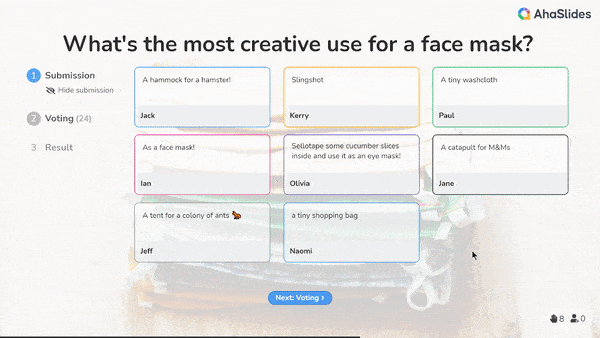
Now, in the digital world, tools like AhaSlides for learning are like helpful buddies. AhaSlides features and templates help you work together, get into things, and turn learning into an exciting adventure. For the self-directed learner, embracing freedom and curiosity means continually exploring new frontiers, improving skills, and experiencing plenty of "aha" moments. Dive into our templates today! Happy learning! 🚀
FAQs
What are the 5 steps of self directed learning?
- #1 - Self-Discovery
- #2 - Define Learning Goals
- #3 - Identify Learning Resources
- #4 - Create a Structured Timeline
- #5 - Develop Evaluation and Reflection Strategies
Is self directed learning better?
Yes, for many individuals, as it promotes autonomy, tailored learning, and lifelong skills.
What is the self-learning method of teaching?
Teachers facilitate and guide students to independently set goals, choose resources, and learn at their own pace.
Ref: Study.com | Structural Learning | BetterUp
